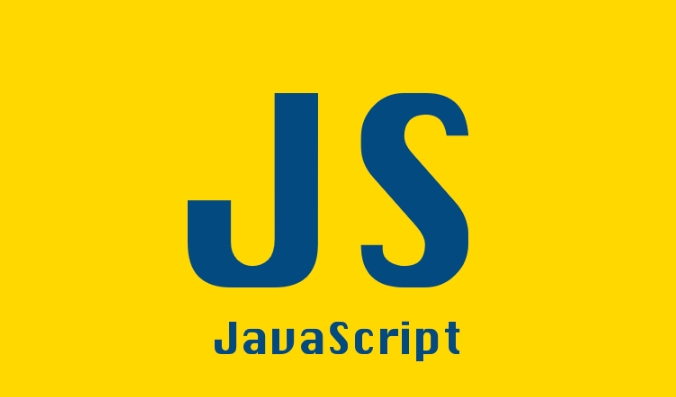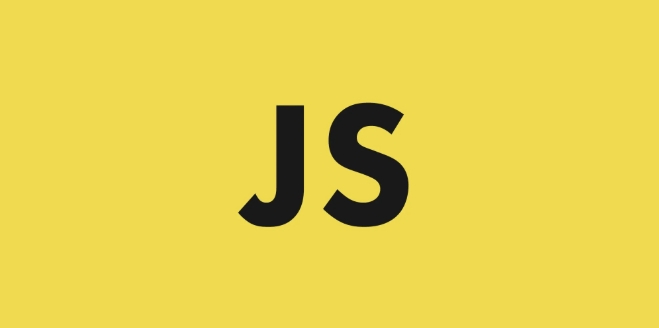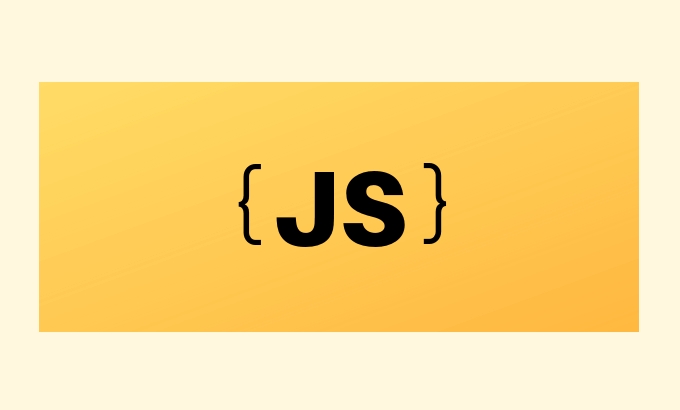Exploring the JavaScript Bridge Pattern for Abstraction Decoupling
Jul 16, 2025 am 01:32 AMThe bridge pattern supports independent variation by decoupling the abstraction and implementation of objects. It is suitable for multi-dimensional expansion scenarios, such as combining different shapes and rendering platforms, to avoid class explosion problems; separate components and theme levels in the UI library, and connect the two through combination; it is suitable for the existence of multiple independent axes of change and complex inheritance trees that need to be avoided; it should prevent excessive use or confusion of abstraction and implementation responsibilities.

When you're dealing with complex JavaScript systems, especially in large-scale applications, the Bridge Pattern can be a real game-changer. It helps separate an object's abstract from its implementation so they can vary independently — which sounds abstract (pun intended), but it's super useful once you get the hang of it.

What is the Bridge Pattern and Why Use It?
The Bridge Pattern is one of those design patterns that might seem overkill at first, but it shines when your code starts growing in multiple dimensions — like having different types of objects and also different ways to implement their behavior.
For example:

- You might have shapes (circle, square)
- And you want to render them on different platforms (WebGL, Canvas, SVG)
Instead of creating a separate class for every combination (eg, WebGLCircle , CanvasCircle , SVGCircle , etc.), the Bridge Pattern lets you decouple the shape from the rendering method.
This makes your code more scalable, easier to maintain, and avoids what we often call "class exploration."

How Does It Work in Practice?
Let's say you're building a UI library that supports multiple themes and components. Without the Bridge Pattern, you might end up writing:
class DarkButton {}
class LightButton {}
class DarkModal {}
class LightModal {}But with the Bridge Pattern, you'd split this into two hierarchies:
- Abstract: Button, Modal
- Implementation: Theme (DarkTheme, LightTheme)
Then you link them together via composition:
class Button {
constructor(theme) {
this.theme = theme;
}
render() {
return `Button: ${this.theme.applyTheme()}`;
}
}
class DarkTheme {
applyTheme() {
return 'Dark';
}
}Now, adding a new component or theme only requires extending one hierarchy instead of duplicating across combinations.
When Should You Reach for the Bridge Pattern?
It's not something you use every day, but here are a few signs it might be a good fit:
- Your code has two or more independent axes of change (like type platform, or component theme).
- You notice yourself writing a lot of similar classes with slight variations.
- You want to avoid deep inheritance trees that become hard to manage.
It works best when:
- The implementations (the “bridge” part) are stable or well-defined.
- You're working on libraries or frameworks where flexibility matters more than simplicity.
Also, it pairs well with other patterns like Strategy or Dependency Injection.
Common Pitfalls and How to Avoid Them
One common mistake is overusing the Bridge Pattern. If your app isn't growing in multiple directions, it'll just add unnecessary complexity.
Another thing to watch out for: unclear separation between abstraction and implementation. Make sure each side of the bridge has a single responsibility. Don't mix logic that belongs to the abstraction into the implementation, or vice versa.
And finally, don't make the bridge too complicated. Keep the interface between the two sides simple and predictable. If it becomes hard to understand how they interact, you've probably gone too far.
So yes, the Bridge Pattern can feel heavy-handed at times, but when used right, it keeps your code clean as it scales.
The above is the detailed content of Exploring the JavaScript Bridge Pattern for Abstraction Decoupling. For more information, please follow other related articles on the PHP Chinese website!

Hot AI Tools

Undress AI Tool
Undress images for free

Undresser.AI Undress
AI-powered app for creating realistic nude photos

AI Clothes Remover
Online AI tool for removing clothes from photos.

Clothoff.io
AI clothes remover

Video Face Swap
Swap faces in any video effortlessly with our completely free AI face swap tool!

Hot Article

Hot Tools

Notepad++7.3.1
Easy-to-use and free code editor

SublimeText3 Chinese version
Chinese version, very easy to use

Zend Studio 13.0.1
Powerful PHP integrated development environment

Dreamweaver CS6
Visual web development tools

SublimeText3 Mac version
God-level code editing software (SublimeText3)
 The difference between design patterns and architectural patterns in Java framework
Jun 02, 2024 pm 12:59 PM
The difference between design patterns and architectural patterns in Java framework
Jun 02, 2024 pm 12:59 PM
In the Java framework, the difference between design patterns and architectural patterns is that design patterns define abstract solutions to common problems in software design, focusing on the interaction between classes and objects, such as factory patterns. Architectural patterns define the relationship between system structures and modules, focusing on the organization and interaction of system components, such as layered architecture.
 PHP Design Patterns: Test Driven Development in Practice
Jun 03, 2024 pm 02:14 PM
PHP Design Patterns: Test Driven Development in Practice
Jun 03, 2024 pm 02:14 PM
TDD is used to write high-quality PHP code. The steps include: writing test cases, describing the expected functionality and making them fail. Write code so that only the test cases pass without excessive optimization or detailed design. After the test cases pass, optimize and refactor the code to improve readability, maintainability, and scalability.
 Application of design patterns in Guice framework
Jun 02, 2024 pm 10:49 PM
Application of design patterns in Guice framework
Jun 02, 2024 pm 10:49 PM
The Guice framework applies a number of design patterns, including: Singleton pattern: ensuring that a class has only one instance through the @Singleton annotation. Factory method pattern: Create a factory method through the @Provides annotation and obtain the object instance during dependency injection. Strategy mode: Encapsulate the algorithm into different strategy classes and specify the specific strategy through the @Named annotation.
 Analysis of the Decorator Pattern in Java Design Patterns
May 09, 2024 pm 03:12 PM
Analysis of the Decorator Pattern in Java Design Patterns
May 09, 2024 pm 03:12 PM
The decorator pattern is a structural design pattern that allows dynamic addition of object functionality without modifying the original class. It is implemented through the collaboration of abstract components, concrete components, abstract decorators and concrete decorators, and can flexibly expand class functions to meet changing needs. In this example, milk and mocha decorators are added to Espresso for a total price of $2.29, demonstrating the power of the decorator pattern in dynamically modifying the behavior of objects.
 Application of design patterns in Spring MVC framework
Jun 02, 2024 am 10:35 AM
Application of design patterns in Spring MVC framework
Jun 02, 2024 am 10:35 AM
The SpringMVC framework uses the following design patterns: 1. Singleton mode: manages the Spring container; 2. Facade mode: coordinates controller, view and model interaction; 3. Strategy mode: selects a request handler based on the request; 4. Observer mode: publishes and listen for application events. These design patterns enhance the functionality and flexibility of SpringMVC, allowing developers to create efficient and maintainable applications.
 What are the advantages and disadvantages of using design patterns in java framework?
Jun 01, 2024 pm 02:13 PM
What are the advantages and disadvantages of using design patterns in java framework?
Jun 01, 2024 pm 02:13 PM
The advantages of using design patterns in Java frameworks include: enhanced code readability, maintainability, and scalability. Disadvantages include complexity, performance overhead, and steep learning curve due to overuse. Practical case: Proxy mode is used to lazy load objects. Use design patterns wisely to take advantage of their advantages and minimize their disadvantages.
 PHP Design Patterns: Patterns used to solve specific software problems
Jun 01, 2024 am 11:07 AM
PHP Design Patterns: Patterns used to solve specific software problems
Jun 01, 2024 am 11:07 AM
PHP design patterns provide known solutions to common problems in software development. Common pattern types include creational (such as factory method pattern), structural (such as decorator pattern) and behavioral (such as observer pattern). Design patterns are particularly useful when solving repetitive problems, improving maintainability, and promoting teamwork. In e-commerce systems, the observer pattern can realize automatic updates between shopping cart and order status. Overall, PHP design patterns are an important tool for creating robust, scalable, and maintainable applications.
 The relationship between design patterns and test-driven development
May 09, 2024 pm 04:03 PM
The relationship between design patterns and test-driven development
May 09, 2024 pm 04:03 PM
TDD and design patterns improve code quality and maintainability. TDD ensures test coverage, improves maintainability, and improves code quality. Design patterns assist TDD through principles such as loose coupling and high cohesion, ensuring that tests cover all aspects of application behavior. It also improves maintainability and code quality through reusability, maintainability and more robust code.






